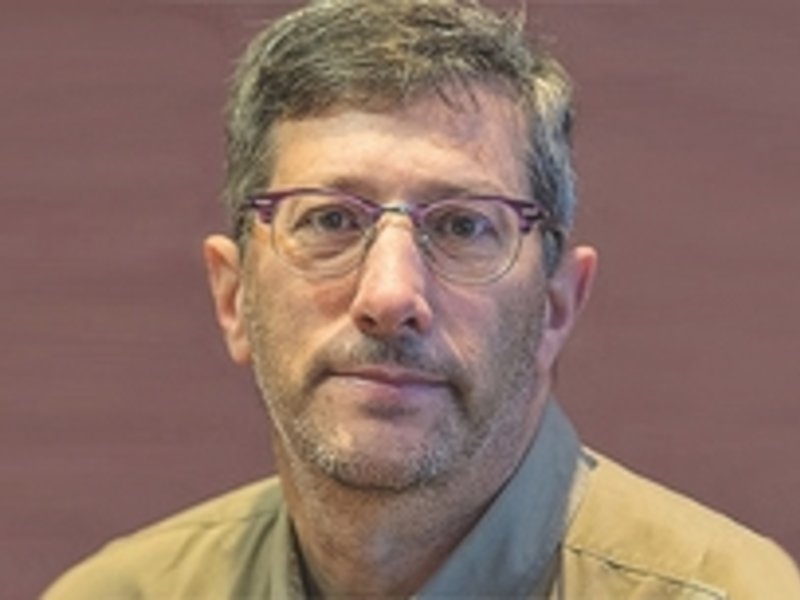
Ford’s European cars in the late 1980s and early ’90s — the Sierra, Escort, Orion and others — were just OK. Generally, they sold well most years, a favorite of bargain-minded company car fleet purchasers but not really competitive with the best-in-class offerings from Peugeot, Volkswagen, Rover and others.
Richard Parry-Jones changed that.
When he became Ford’s chief of vehicle engineering in Europe in the early ’90s, Parry-Jones focused on making fun-to-drive Fords that consumers actually wanted to buy. RPJ, as he was known within Ford, made his name by focusing hard on getting a vehicle’s chassis right and by taking an interest in every part of the car as a customer would.
He died April 16 in a tractor accident on his farm in Wales at age 69.
“I worked with Richard for many years on developing Ford ‘DNA metrics’ to characterize everything from how the steering should feel, to the comfort of the seats and the cupholder design!” Joe Bakaj, Ford’s former vice president of product development in Europe, told me.
The 1993 Ford Mondeo — versions of which were sold in North America as the Ford Contour and Mercury Mystique — was Ford’s first “world car.” Handsome and praised for its fluid handling, stylish interior and superior quality, the Mondeo won a trophy case full of awards. It ushered in a new era for Ford under RPJ that later saw the Ka, Puma, Focus and others generate strong sales.
“I had never met the previous chief engineer of vehicle engineering, who was a fairly aloof old-school manager,” Bakaj said. “That changed rapidly when Richard came on board. He would often turn up unannounced at my desk and ask me questions about [noise, vibration and harshness] and talk about how the Mondeo program was going.”
No chief engineer does everything in a car company, despite often getting full credit. One of RPJ’s greatest strengths was recognizing talented engineers and nurturing their careers. Ford spokesman Said Deep said many of today’s senior executive engineers, including Hau Thai-Tang, chief product platform and operations officer, worked under and learned from RPJ.
“Richard was the engineer’s engineer,” said a former colleague. “He was not only skilled at developing the world’s best vehicles, but he was also passionate about developing the world’s best engineers. He took mentoring the next generation very seriously, and so many automotive leaders today are in his debt.”
RPJ retired from Ford in 2007, but he never really stopped working. He served on numerous corporate boards, including that of Aston Martin.
Almost a decade ago, RPJ foresaw the move to battery-electric vehicles and said in a speech: “The oil age isn’t going to end because we’ve run out of oil for the same reason that the Stone Age didn’t end because we ran out of stones. The oil age will end because we will have found a better solution.”

